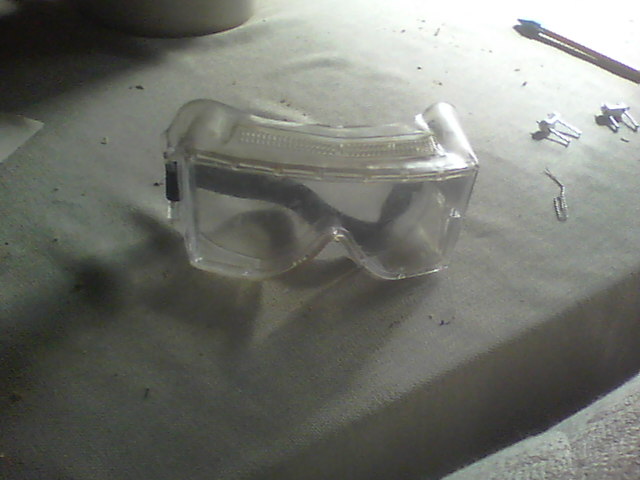A few of questions here:
1) If I have a solution who's pH is greater than 14, how to do I measure this? Can I just dilute with distilled water by 10x and expect the pH to come down one full digit? My meter won't go above 14 (perhaps none do).
2) I calculated that a 33% KOH solution would be pH 14.77.
1) If I have a solution who's pH is greater than 14, how to do I measure this? Can I just dilute with distilled water by 10x and expect the pH to come down one full digit? My meter won't go above 14 (perhaps none do).
2) I calculated that a 33% KOH solution would be pH 14.77.
- 1L = 1000g
- KOH = 56g/mol
- 33% solution = 330g/56g = 5.89M
- pH = 14+log(5.89)
- pH = 14.77






